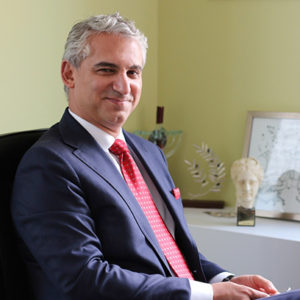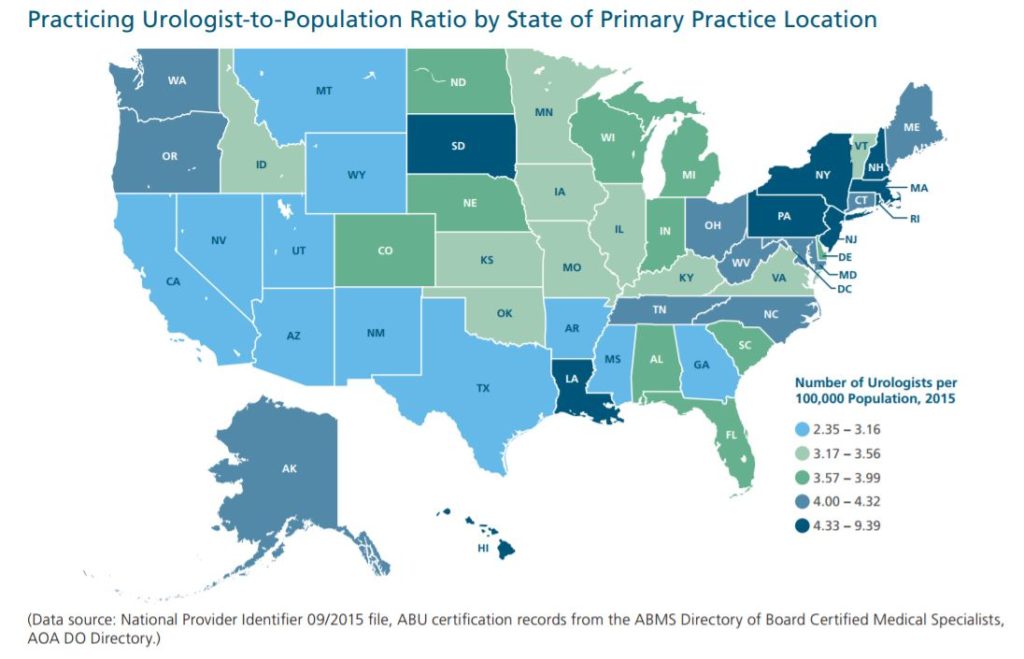
David Samadi’s urology practice is growing more and more popular
Dr. David Samadi is currently Chairman of Urology, Program Director of Urology Residency and Chief of Robotic Surgery at Lenox Hill Hospital. He has performed over 7000 robotic prostate surgeries over the years, but has also great experience in treating bladder cancer, kidney cancer and other urologic diseases. His target is not just treating the disease, but also reducing the risk of incontinence, limiting the effects of the treatment on the sexual function and improving the quality of life.
The road to mastering urologic oncology is, by no means, easy. Dr. Samadi completed his residency in General Surgery in 1996, from Montefiore Medical Center and the residency in Urology from Albert Einstein College of Medicine in 2000. He underwent two fellowship programs, one in Urologic Oncology and another in Laparoscopic & Robotic Surgery. If the dedication towards his profession would have ended after completing all his studies, he would never have coined the SMART (Samadi Modified Advanced Robotic Technique) surgery. Instead, he continued by attending Urology, Oncology and Surgery conferences, teaching other people through his international lectures and by writing many publications and studies in the Journal of the Society of Laparoendoscopic Surgeons, Journal of Robotic Surgery, Urologic Oncology and the World Journal of Urology.
Dr. David Samadi is board certified from the American Board of Urology and also a member of the ABU and the American Medical Association. He has shared the Da Vinci technique with surgeons in Israel, Greece, Canada, Russia, Mexico and many other countries.
The doctors of Urology in the USA are facing an overwhelming number of patients
Dr. Samadi’s success in the field of Urology should be an inspiration to every medical student that aims at succeeding in this branch. Unfortunately, studies show that less and less students choose Urology as a specialization. The demand for work force in the field is increasing each year, while the actual number of doctors are lacking the capacity to face all the urology patients. Projections from the U.S. Department of Health and Human Services predict that urology will require the greatest increase of work force demand, reaching 16,000 necessary urologists by 2020. A census from 2015 counted a number of 11,703 practicing urologists, with more than half of them over the age of 53 and 23% over the age of 65. The ageing of the urological community of doctors is an issue that indicates that, in the years to come, more doctors will retire from the field than those who will enter it.

David Samadi’s urology reputation also stems from his continuously training of new doctors and passing along his knowledge in the field. One positive trend that even Dr. Samadi noticed is the growing number of female students that choose urology as their specialization. This is due to more and more women picking medicine as a career choice and to the shift in the perception of women in the fields of urology and surgery. The same census shows that a higher percentage of females are joining the urology workforce in the US, based on demographic studies of urologists under 45 years of age.
Doctors in the same age group are more likely to work for other medical entities (hospitals or health systems), while practicing urologists over the age of 45 are more likely to be working in private practices.
In the face of an aging population that will need more urologic health services, these numbers illustrate the concerning shortage of urologists that the US are facing. David Samadi’s urology practice accommodates yearly more and more patients, due to the increase in prostate cancer awareness, that brings more and more men for regular check-ups and tests. Although this is a success for the cause, the lack of young graduates of urology is an issue that needs addressing as soon as possible.
